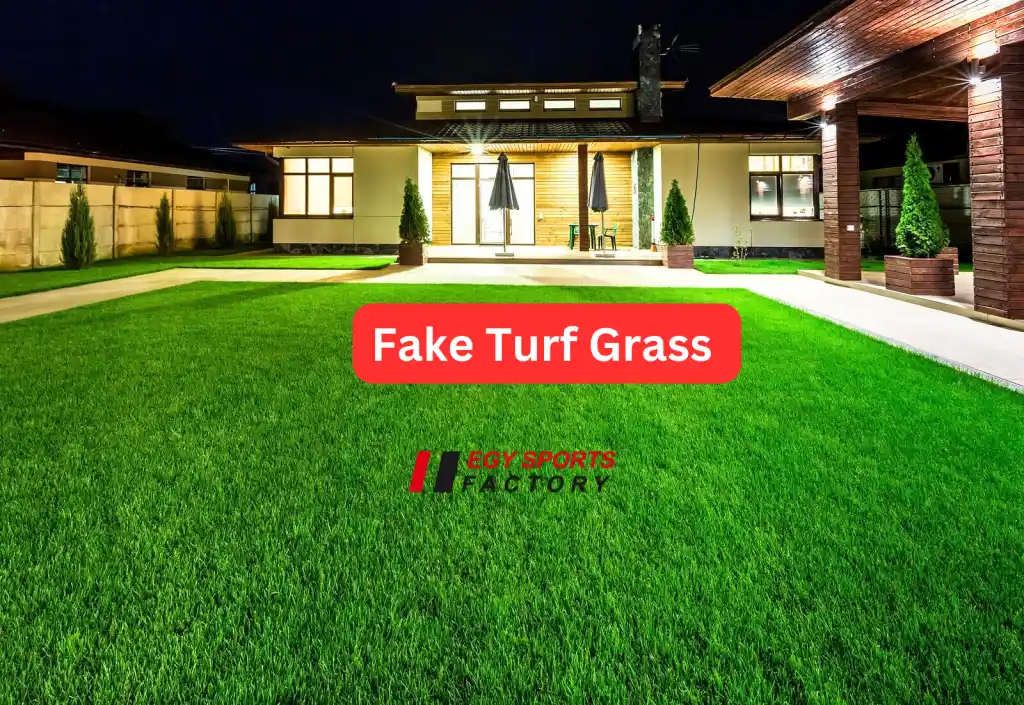Your lush, verdant lawn is the talk of the neighborhood in mid-July. How could that be? It doesn’t require watering or cutting. It doesn’t even require you to seed it, in fact. Fake turf grass is essential for a stunning lawn.
People call synthetic grass designed to resemble real grass ‘fake grass.’ Typically, it is made from plastic, nylon, or polyethylene. While people frequently use artificial turf grass in arenas and sports stadiums, it is also gaining popularity for residential lawns.
Fake turf grass is not really grass
Some people might be surprised to learn that fake turf grass isn’t really grass. It’s a type of artificial grass designed to mimic the texture and appearance of genuine grass. Manufacturers use a range of materials, such as nylon, polyethylene, and polypropylene, to make artificial grass.
Compared to genuine grass, artificial turf grass strands are shorter and less closely spaced. Because of this, artificial turf grass is less resilient and more prone to harm from frequent use. In hot weather, walking over fake turf grass can be uncomfortable due to its tendency to retain heat.
There are several uses for fake grass. Because it is more resilient than genuine grass and can tolerate the intense foot traffic of spectators, it is in sports stadiums and arenas. Both residential and commercial landscaping uses grass. Compared to actual grass, which needs to water, and fertilizers, it takes less upkeep. Dog parks may utilize turf grass as well because it is easier to maintain and less prone to get muddy.
Uses in sports fields
These days, artificial turf covers the majority of sporting fields. It is more resilient to heavy use’s wear and tear and requires less upkeep than natural grass. People frequently regard it as a more environmentally friendly option because it doesn’t require as much water or chemicals to keep it looking green.
Artificial turf is indeed incredibly adaptable, but its long-term impacts continue to raise some questions. For instance, some studies have indicated that it might emit dangerous substances into the atmosphere, which players or spectators might inhale. Additionally, there’s a chance for greater injuries because players may fall and sustain more serious injuries due to the firm turf.
Fake turf grass has many benefits
When you hear the term “fake turf grass,” some homes come to mind with those garish, brilliant green lawns. There are a lot of advantages to artificial turf, sometimes referred to as fake grass. For companies, sports teams, and even homeowners, it is growing in popularity. The following three factors make artificial turf grass an excellent option:
- Minimal Upkeep
- Sturdiness
- Ecologically Conscious
Egy Sports Factory offers artificial grass to its clientele. Fake turf grass product imitates the texture and appearance of natural grass but it actually consists of synthetic materials. People frequently use this product in high-traffic locations, indoors, and on rooftop patios—areas where it would be difficult to grow or maintain genuine grass.
To create a low-maintenance lawn in home landscaping, people occasionally use synthetic turf grass.Don’t forget to like our Facebook .

